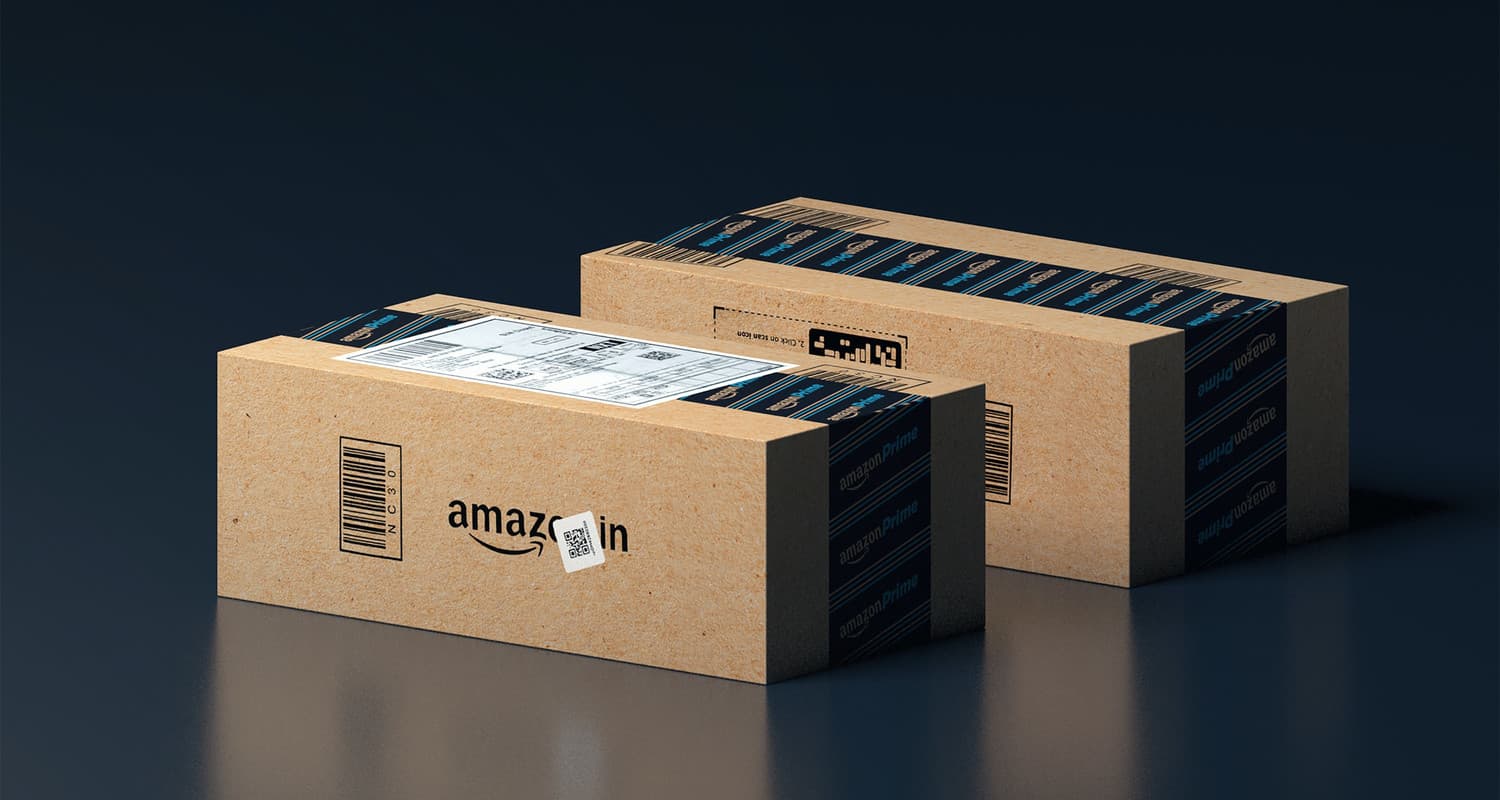Case StudyProduct Team: Creating Stream Teams - Two Pizza Teams
Amazon was facing a familiar problem for companies as they scaled: delivery speed had slowed to a crawl. Amazon identified that the problem was the growing dependencies between teams and the lack of autonomy to build something from start to finish.

The Solution
They decided to create autonomous teams who would be able to move faster. But Amazon was an established company so the teams didn't get to start from scratch - they inherited a spaghetti mess of code and dependencies which limited their ability to move fast.
In a traditional organisation, you would need to show some quick wins and demonstrate that the investment is paying off. But Amazon acknowledged that teams were not autonomous so they gave them the opportunity to untangle themselves before pushing for delivery.
Teams needed to continuously identify and remove dependencies until they were truly autonomous. In addition, they needed to instrument their code so that they could easily report on the key success metrics that were identified for the team.
In the book Working Backwards, they highlight how some teams would take up to 9 months to remove blockers before delivering new features. And they noted that those teams were much more successful long term than the teams that tried to deliver new features straight away.
Outcomes achieved
Two pizza teams were a huge success and the teams who invested up-front generated compound returns over time.
